Increased Investment in R&D
Investment in research and development (R&D) is a critical factor propelling the functional printing market. Companies are allocating substantial resources to explore new applications and improve existing technologies. In 2025, R&D spending in the functional printing sector is projected to rise by 25%, reflecting a commitment to innovation. This investment is essential for developing advanced printing techniques and materials that can meet the evolving needs of various industries. As businesses strive to maintain a competitive edge, the focus on R&D is likely to yield breakthroughs that enhance the capabilities of functional printing. Consequently, this driver is expected to play a pivotal role in shaping the future of the functional printing market.
Advancements in Ink Technology
Innovations in ink technology are significantly influencing the functional printing market. The development of eco-friendly inks, such as water-based and UV-curable inks, is becoming increasingly prevalent. These inks not only reduce environmental impact but also enhance the durability and performance of printed products. In 2025, it is estimated that the market for advanced inks will grow by 15%, reflecting a shift towards sustainable practices. Furthermore, the ability to print on diverse substrates, including textiles and flexible materials, is expanding the applications of functional printing. This versatility is attracting various industries, from automotive to healthcare, thereby driving the functional printing market forward.
Growth in Consumer Electronics
The consumer electronics sector is a significant driver of the functional printing market. With the proliferation of smart devices, there is a rising need for printed components such as sensors, displays, and circuit boards. In 2025, the demand for printed electronics in consumer devices is expected to increase by 20%, indicating a robust market opportunity. This growth is fueled by the trend towards miniaturization and the integration of multifunctional features in electronic products. As manufacturers seek to enhance product performance and reduce costs, they are increasingly turning to functional printing technologies. This trend is likely to continue, further solidifying the role of the functional printing market in the electronics industry.
Rising Demand for Smart Packaging
The functional printing market is experiencing a notable increase in demand for smart packaging solutions. This trend is driven by the need for enhanced product tracking, anti-counterfeiting measures, and improved consumer engagement. In 2025, the smart packaging segment is projected to account for approximately 30% of the overall functional printing market. Companies are increasingly adopting printed electronics and QR codes to provide consumers with real-time information about products. This shift not only enhances the user experience but also aligns with the growing emphasis on transparency in supply chains. As a result, businesses are investing in innovative printing technologies to meet these demands, thereby propelling growth in the functional printing market.
Regulatory Support for Advanced Manufacturing
Regulatory frameworks are increasingly supporting the growth of the functional printing market. Government initiatives aimed at promoting advanced manufacturing technologies are creating a favorable environment for innovation. In 2025, it is anticipated that policies encouraging the adoption of functional printing will lead to a 10% increase in market growth. These regulations often focus on sustainability, safety, and efficiency, aligning with industry trends. As companies adapt to these regulations, they are likely to invest in functional printing technologies that comply with new standards. This alignment not only fosters market growth but also enhances the overall competitiveness of the functional printing market.

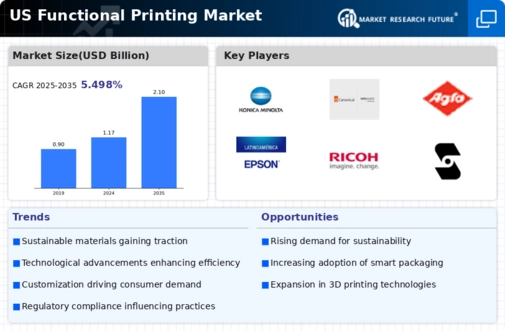
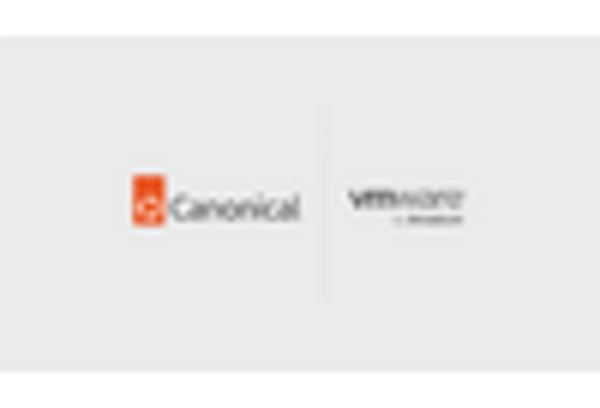
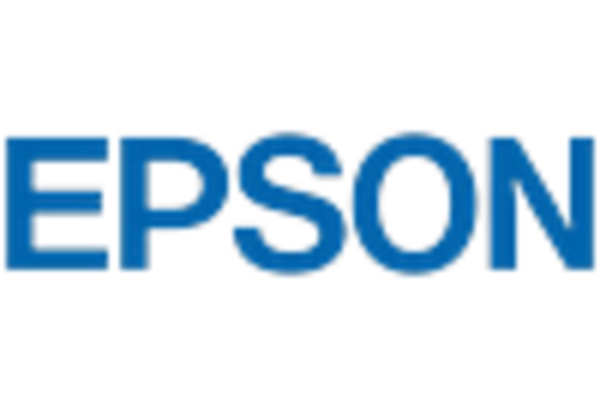
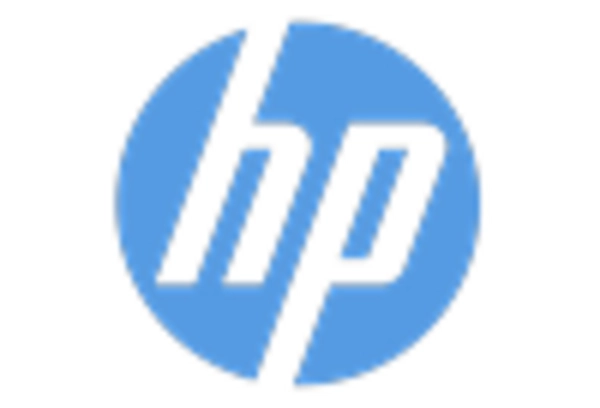
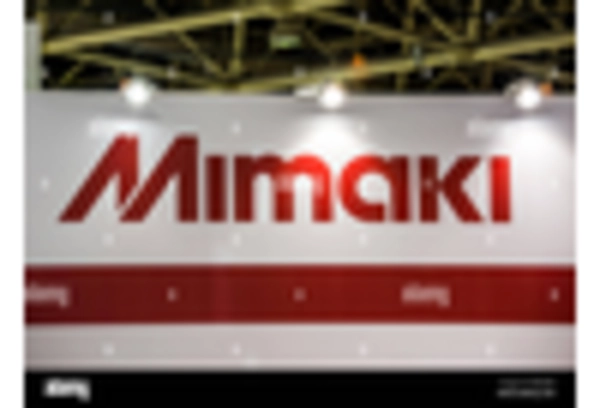
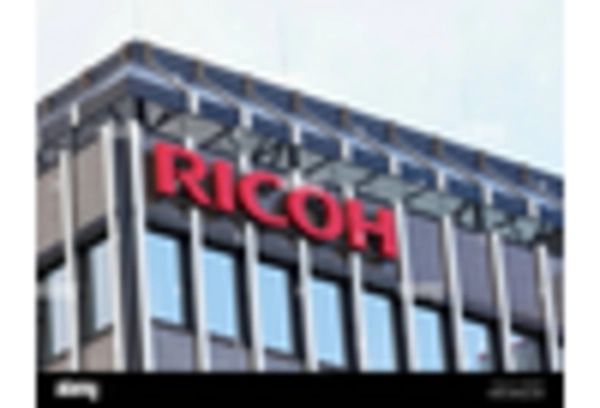
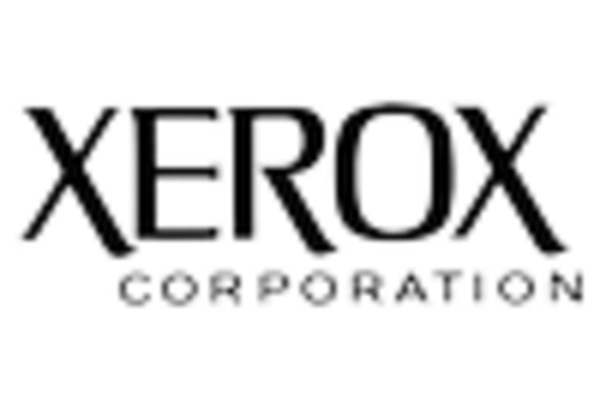








Leave a Comment